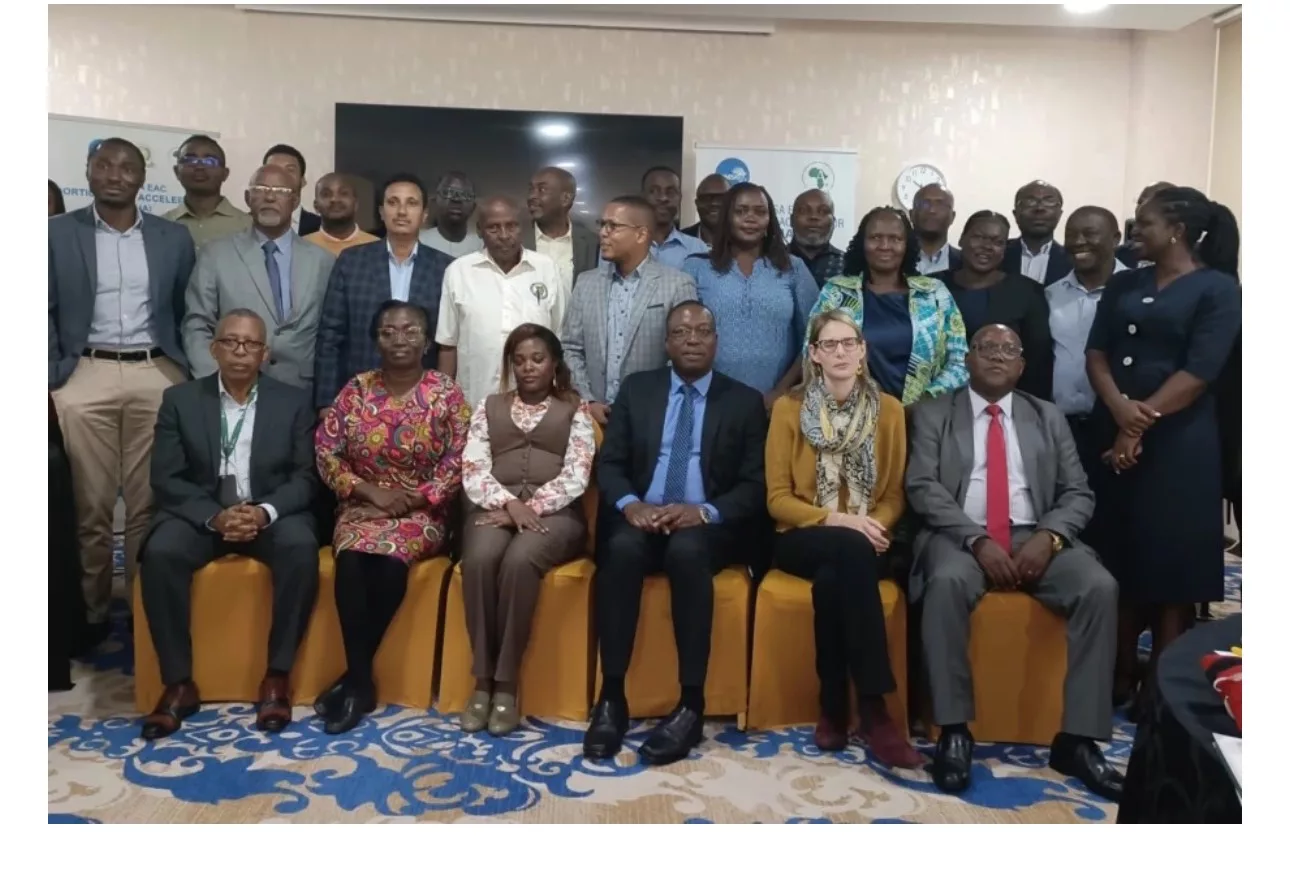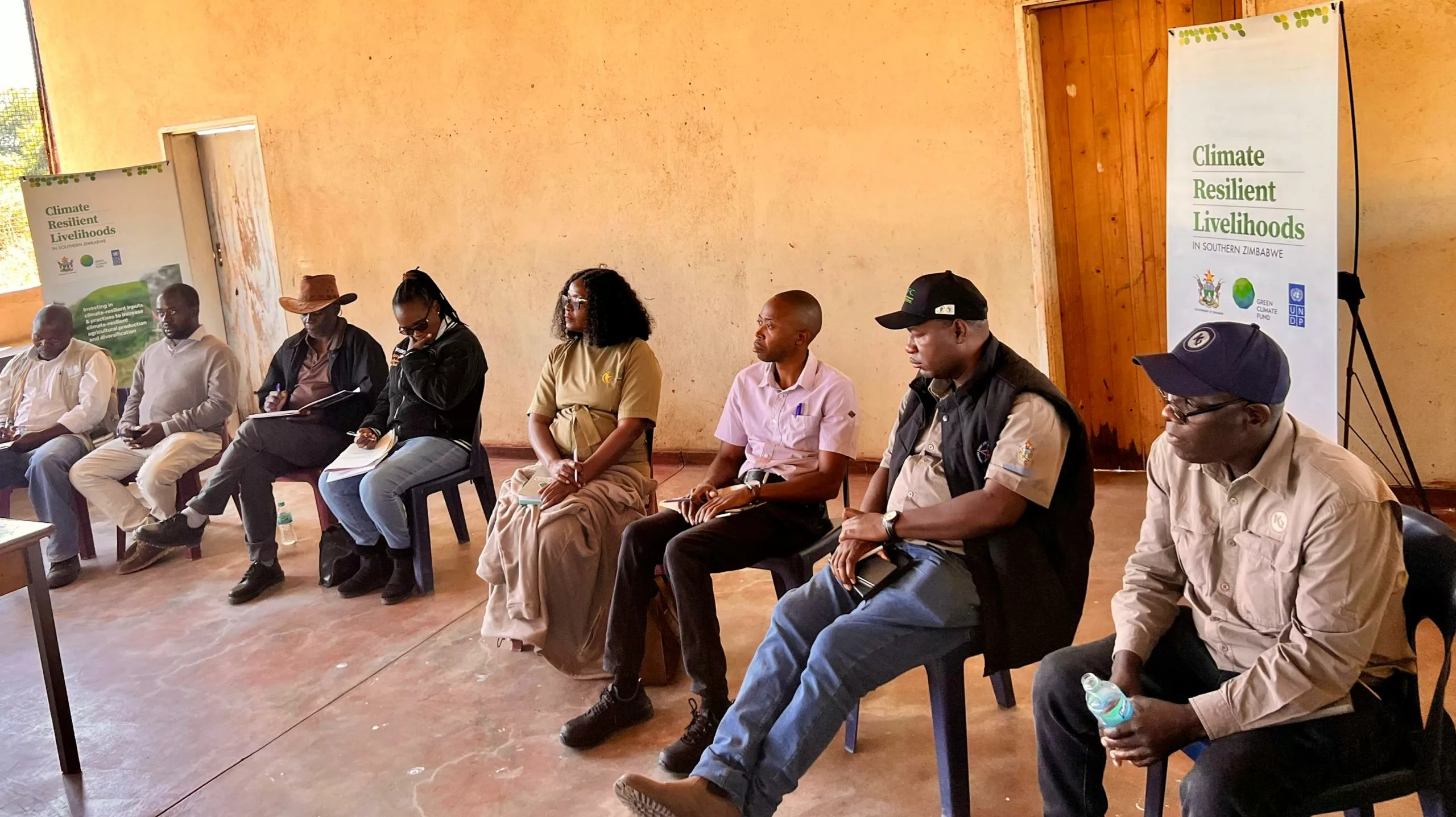|
Getting your Trinity Audio player ready...
|
The SADC region faces a humanitarian crisis because of the ongoing El Niño induced drought and floods that are negatively impacting the lives and livelihoods of millions of people in the region.
According to the SADC El Nino Appeal, an estimated 60 million people in Southern Africa are food insecure.
Across the southern half of the region, many areas experienced significant crop water deficits resulting in reduced crop production Malawi, Namibia, Zambia, and Zimbabwe have declared a state of national disaster due to the drought.
Livestock have also been impacted by the El Niño-induced dry conditions, due to considerable deterioration in vegetation conditions across the southern half of the region this season, as well as reduced water availability for livestock and wildlife.
In Malawi, 23 districts have been impacted, and a preliminary assessment by the government estimates that up to 2 million farming households and 44 percent of the national cropping area have been affected. In Zambia, 1 million hectares planted with maize have been affected. Namibia has instituted drought relief measures to mitigate the impact on agriculture. In Zimbabwe, over 1.4 million cattle have been reported as being at high risk of death due to lack of water and pasture.
Satellite-based vegetation indices (NDVI) used for large-scale monitoring of vegetation conditions were below average throughout March 2024 in large areas of southern Angola, Botswana, Lesotho, southern and central Mozambique, Namibia, South Africa, southern/western Zambia, and Zimbabwe.
The El Niño-induced drought experienced in the central parts of the SADC region poses significant challenges to water resources. Water levels in reservoirs, rivers, and groundwater sources are diminishing. Impacting irrigation capacities, hydroelectric power generation, drinking water supplies, and ecosystem health. Monitoring by the Zambezi River Authority suggests that as of 20 April, the Kariba dam which generates most of the power for Zambia and Zimbabwe was at its lowest level historically for this date. In Namibia, many rivers are reported to have dried up, and dam and borehole levels are reported to have dropped, with breakages exacerbating the problem.
Noting the multifaceted and cascading impact of El Niño across multiple sectors, especially Agriculture and Livelihood Security, Food Security, Nutrition, Health, Water, and Energy, SADC Member States during the Extra-Ordinary Virtual Summit of SADC Heads of State and Government on El Niño induced drought and floods, held in May this year, launched the SADC Regional Humanitarian Appeal of US$5.5 billion and called for coordinated, integrated, and harmonized interventions to address the adverse impact of El Niño.
“We know that the actual needs in the Member States far exceed this. The FAO ERRP takes cognizance of the potential for early smallholder farmer recovery through the harnessing of off-season food production avenues as well as harnessing the opportunities for better crop performance through the forecasted La Niña,” said Patrice Talla, FAO Subregional Coordinator for Southern Africa.
FAO plays a critical role in mitigating the impacts of El Niño induced droughts
To mitigate the impacts of the drought on agriculture and food security, FAO (through SFERA and CERF funding) disbursed USD 5.7 million to implement anticipatory actions in four drought-affected countries (Madagascar, Malawi, Mozambique, and Zimbabwe), including anticipatory cash and vouchers and distribution of drought tolerant inputs.
To help SADC Member states assess changes in the food and nutrition security situation due to El Niño FAO disbursed USD 0.5 million to eight countries (Angola, Eswatini, Madagascar, Malawi, Mozambique, Tanzania, Zambia, and Zimbabwe) to ascertain the impact of the drought on agriculture, food security, and livelihoods. The Food Security Impact Assessments are ongoing and will inform response and resilience planning by governments and other humanitarian partners. To help restore agricultural production in Malawi and Zambia, FAO has mobilized almost USD 6 million to support early recovery for agriculture.
To augment El Niño response funding FAO is actively engaging with donors to mobilize resources for the phased response focused on livelihoods and agricultural production restoration through early recovery and building the resilience of affected communities to future shocks.
There is the convergence of reduced harvests due to El Niño and rising food prices posing significant threats to households and economies in the region, FAO stands to collaborate with other humanitarian actors to bulwark against food insecurity, aiding affected countries in assessing drought impacts and formulating technically sound response strategies. Promoting innovative technologies that enhance risk monitoring capacities and facilitating timely context-specific response interventions. “FAO’s commitment to holistic response ensures communities receive life-saving aid and build resilience against future shocks,” said Lewis Hove, FAO Resilience Team Leader for Southern Africa.
As El Niño’s grip loosens and La Niña looms, the region braces for the transition, preparing for the diverse challenges each phenomenon presents. La Niña’s impending arrival heralds heavy rainfall and flooding. Preparation is key; coherent adaptive strategies must be enacted to prevent crop damage and displacement.
FAO is part of the Urgent call to action to address historic El Niño drought in Southern Africa where Patrice Talla presented the ERRP: Urgent actions are needed to secure resources for emergency responses, conduct seed security assessments, support winter production, rehabilitate community watering points, and provide timely agricultural inputs. Protecting and restoring natural ecosystems will also be essential for sustaining long-term agricultural resilience and food security.






